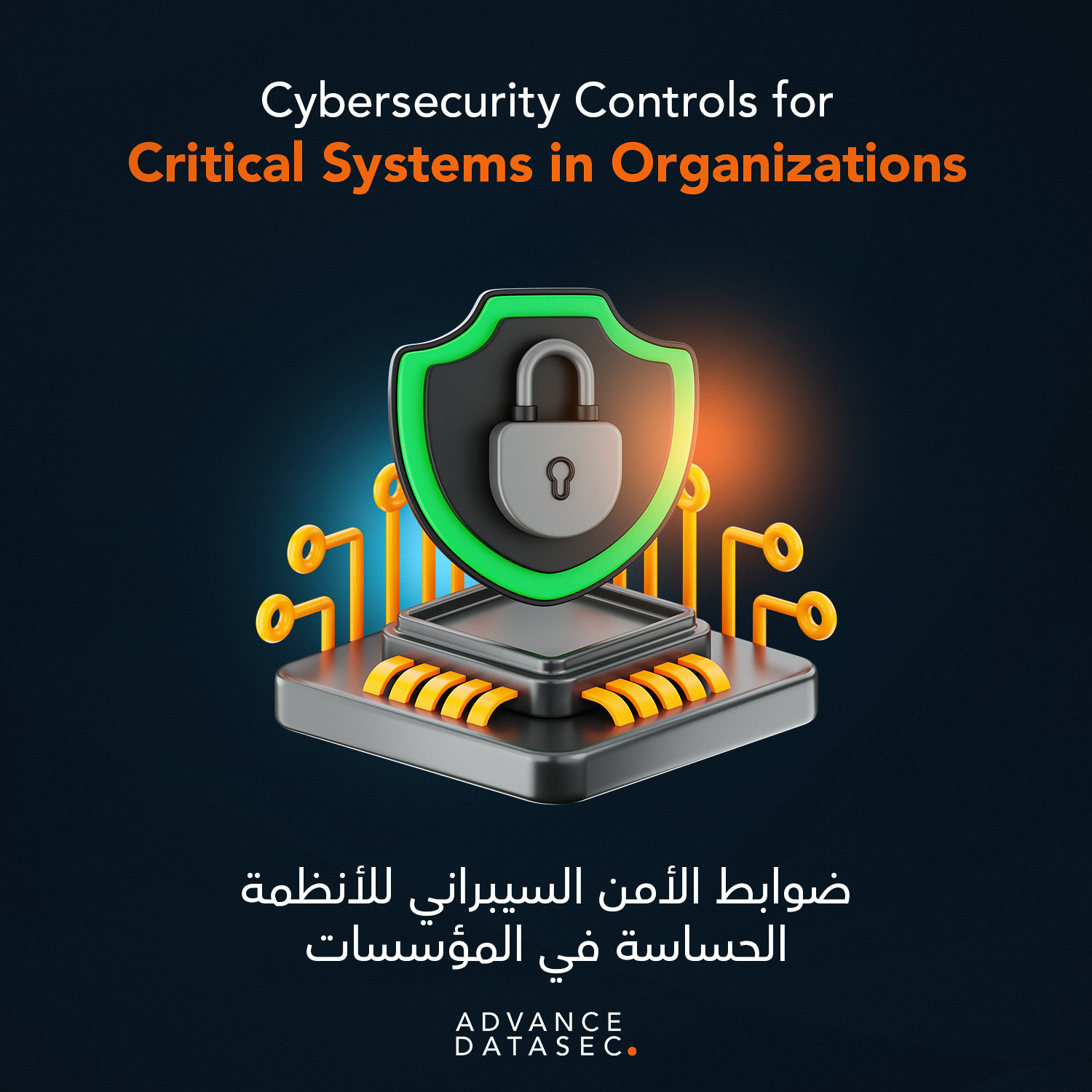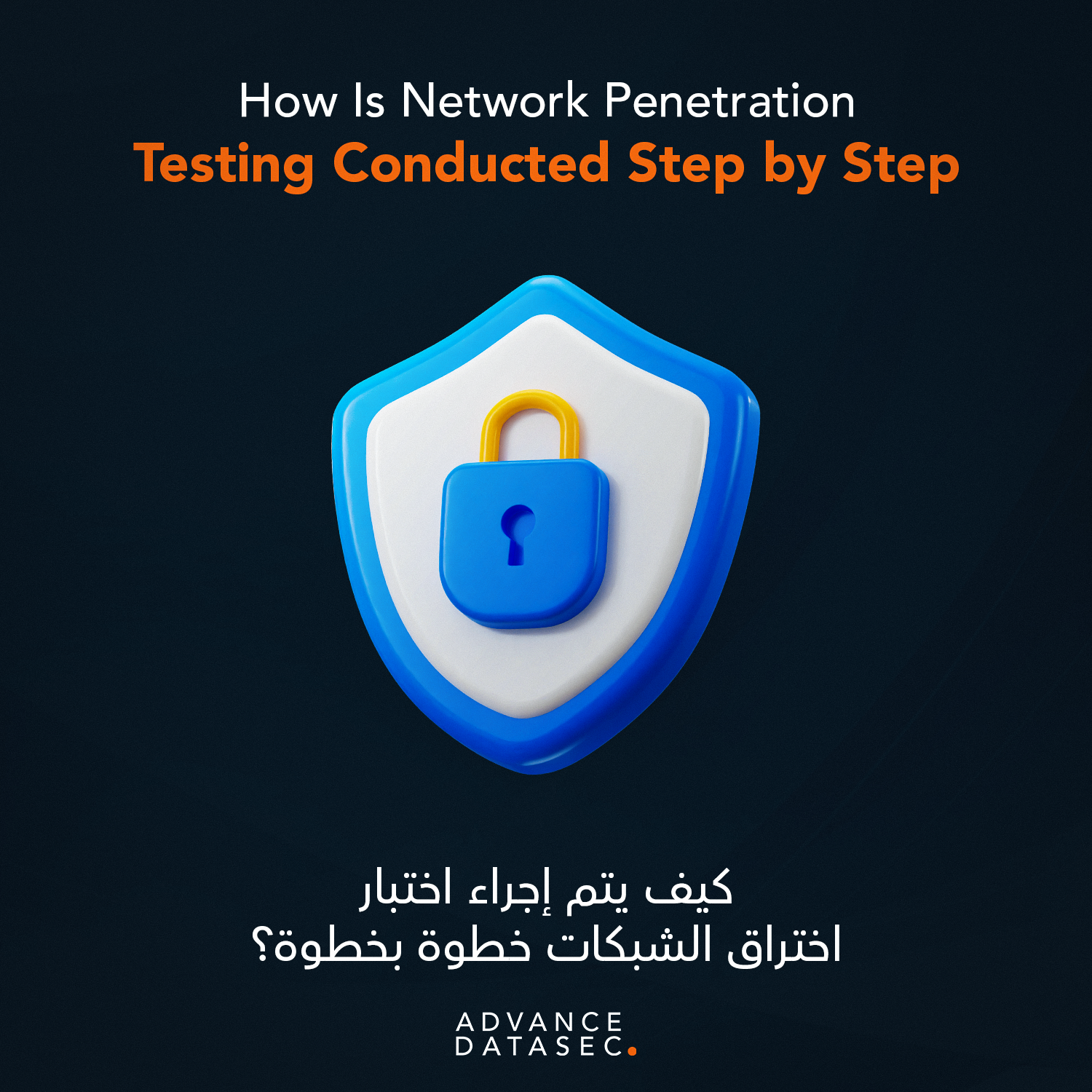In an age defined by digital expansion, every organization faces a simple, unavoidable truth: the surface area for cyber threats is constantly growing. From cloud migrations and remote work to the increasing use of IoT devices, the exposure points multiply daily. In this complex and dynamic environment, simply purchasing the latest security tools is not enough. Defense requires a strategic, continuous process that integrates security efforts directly into business operations.
This strategic backbone is Cyber Security Risk Management. It provides the methodology to understand, quantify, and treat the threats that genuinely matter to your organization. For businesses in the Kingdom of Saudi Arabia, navigating local compliance mandates like NCA and SAMA CSF, the need for a mature, documented risk strategy is non-negotiable. This article explores the profound and comprehensive importance of risk management in cyber security, moving beyond technical defenses to secure strategic growth and ensure operational longevity.
Establishing Clarity: The Core Components of Risk Management
Cyber Security Risk Management is a cyclical, four-stage process designed to bring clarity to an otherwise chaotic threat landscape. Understanding these components highlights the essential role the framework plays in modern defense.
1. Risk Identification
This initial stage answers the question: What do we need to protect, and what are the threats? It involves cataloging critical assets (data, applications, infrastructure, people), identifying vulnerabilities (weak code, misconfigurations), and listing potential threats (malware, nation-state actors, insider threats). The output is a clear understanding of the exposure points.
2. Risk Assessment and Analysis
The analysis phase is where data meets strategy. It determines the probability of a threat exploiting a vulnerability and the actual business impact if it succeeds. Risks are typically rated based on a matrix of likelihood and impact (e.g., Low, Medium, High, Critical).
3. Risk Treatment (Mitigation)
Once risks are quantified, the organization decides how to handle them. The four common strategies are:
- Mitigation: Applying controls (technical or procedural) to reduce the risk’s impact or likelihood (e.g., deploying firewalls, mandatory training).
- Transfer: Shifting the risk to a third party (e.g., purchasing cyber insurance).
- Avoidance: Ceasing the activity that creates the risk (e.g., retiring an outdated application).
- Acceptance: Acknowledging the risk and its potential impact, often because the cost of mitigation outweighs the potential loss.
4. Risk Monitoring and Review
Risks are not static. This continuous phase involves regularly reviewing the threat landscape, reassessing existing controls, and ensuring that risk treatment remains effective.
Strategic Value: The True Importance of Risk Management in Cyber Security
The most compelling importance of risk management in cyber security lies in its ability to transform IT decisions from guesswork into data-driven strategic choices.
Data-Driven Decision Making
Risk management provides a common language for security professionals and business executives. Instead of arguing for a new security tool based on fear, the security team can present a quantified business case: “This vulnerability has a 70% likelihood of exploiting our customer database, potentially costing us $5 million in regulatory fines and lost revenue. Implementing this control will reduce the risk exposure by 90%.” This clarity ensures security decisions are aligned with the organization’s overarching financial and strategic goals.
Efficient Resource Allocation and ROI Justification
Budgeting for cybersecurity can feel like trying to fill a bottomless pit. A formal risk management program solves this by identifying the security gaps that pose the greatest risk. This ensures that limited resources (budget, time, personnel) are dedicated to mitigating the highest-impact threats first. This focus maximizes the return on investment (ROI) by proving that every security dollar spent is directly reducing a measurable business risk, thus underscoring the vital importance of risk management in cyber security.
Protecting Business Continuity and Financial Health
The failure to implement a robust risk management framework often results in catastrophic business failure when an incident inevitably occurs.
Minimizing Financial Loss and Downtime
A well-executed risk management strategy is the best form of cost avoidance. It helps identify single points of failure, ensures robust backup and disaster recovery plans are in place, and prioritizes the security of revenue-generating systems. By pre-emptively addressing these risks, organizations can drastically minimize financial losses associated with system downtime, data loss, and incident response costs.
Regulatory Compliance and Trust
For organizations in the KSA, compliance is a top-tier business risk. Standards issued by the National Cyber Security Authority (NCA), such as the ECC and CCC, and the Saudi Central Bank (SAMA CSF) require organizations to demonstrate formal, documented risk assessment processes.
The ability to prove due diligence—showing that risks were formally identified, assessed, and treated—is critical for satisfying auditors and avoiding severe non-compliance penalties. A structured GRC (Governance, Risk, and Compliance) approach, rooted in risk management, is the only way to consistently meet these complex and evolving national mandates, further cementing the importance of risk management in cyber security in this market.
Preserving Brand Reputation
A major data breach is not just a technical event; it’s a crisis of trust. Customers, partners, and shareholders place their confidence in an organization’s ability to protect sensitive data. A robust risk management program acts as a shield for brand reputation. By demonstrating a proactive commitment to identifying and fixing vulnerabilities, an organization shows maturity and accountability, which are invaluable currencies in the digital economy.
Transforming Security from Reaction to Strategy
Ultimately, the long-term importance of risk management in cyber security lies in its power to facilitate a cultural shift. It moves the organization away from the reactive cycle of “patching the latest vulnerability” to a proactive, forward-looking security strategy.
Risk management enables strategic foresight, allowing leaders to anticipate future threats based on shifts in technology or geopolitics. It cultivates a risk-aware culture across all departments, where every employee understands their role in the defense perimeter. This strategic alignment is the defining feature of a digitally mature and resilient enterprise poised for secure, sustained growth.
Conclusion: Risk Management as the Engine of Secure Growth
Cyber security is no longer an IT problem; it is a core business risk that must be managed strategically. The importance of risk management in cyber security cannot be overstated: it is the framework that translates complex technical threats into measurable business language, directs smart resource allocation, ensures regulatory adherence, and protects the long-term viability of the enterprise. By adopting a formal, continuous risk management program, organizations gain the clarity and confidence necessary to navigate the complexities of the digital world.
Don’t leave your organization’s future to chance. Transform your security from a cost center into a strategic enabler.
Are you struggling to quantify your cyber exposure or meet stringent KSA compliance mandates like NCA and SAMA CSF? Contact Advance Datasec today to consult with our GRC and Risk Assessment specialists and gain the strategic clarity required for secure digital growth.

For More Articles:







